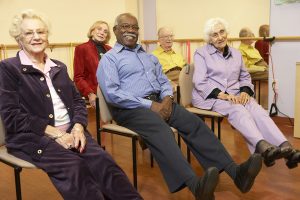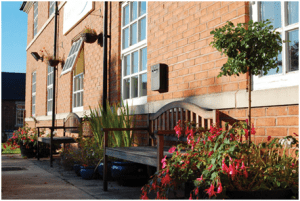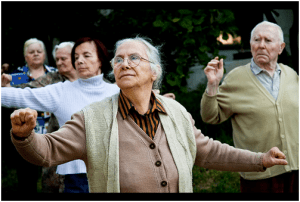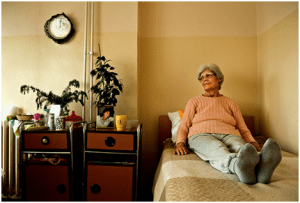Each week, Dr. Mauk shares thoughts relevant to Baby Boomers that are aimed to educate and amuse.
Seniors and Pet Ownership
Whether you enjoy the company of dogs, cats, or even iguanas, pets have been proven to benefit seniors in plenty of ways. For many, they have become an integral part of the family. In fact, assisted-living facilities have adopted a few animals from shelters to keep residents company and uplift their spirits. Pet ownership has helped so many seniors by keeping them physically active, providing emotional support, and even improving cardiovascular health.
However, keeping up with your pet’s needs may not be as easy as it was when you were younger. Elderly individuals may be at a disadvantage when matched with highly-energetic pets. The costs of pet care are also a big consideration in this situation, especially when you have your own care costs to contend with.
To keep all the hassles and stresses at bay, we have listed a few tips in living a happy life with your beloved pets.
- Care providers who include pets
Many care providers include pet care in their list of services. This may consist of dog walking, pet sitting, boarding, grooming, and even training. So check with your care providers if they can also accommodate your pets.
- Maintain a regular schedule for feeding and walking
Schedules and routines do not just benefit the animals; these also can help you maintain a good quality of life. Create a schedule for you and your pets to eliminate surprises and memory lapses that could possibly come with old age.
- Set a spending limit and sticking to it
Though pets undeniably cost money, these expenses can be cut down to affordable amounts. Many veterinarians offer senior discounts, so check if yours provides any for special rates.
There are also various pet-care support programs, like selected Meals on Wheels, which help seniors in providing food for their pets. Low-cost clinics are also a great option for individuals on a budget.
- Create an emergency plan
Individuals get affected by emergencies, which is why they plan and prepare for it. This is also true for our pets. As their caretakers, it is your duty to ensure their safety before, during, and after an unforeseen incident.
Using Ready.gov’s list of steps to take, you will be able to safeguard and care for your pets through pet and animal emergency planning. Through this, you get to rest soundly knowing that they are protected even when you are not present.
ALTCP.org provides free long term care information, resources, long term care insurance quotes and expert planning advice for seniors and adults. Our mission is to raise awareness and promote self-education on the need to plan for long term care and buy long term care insurance.







